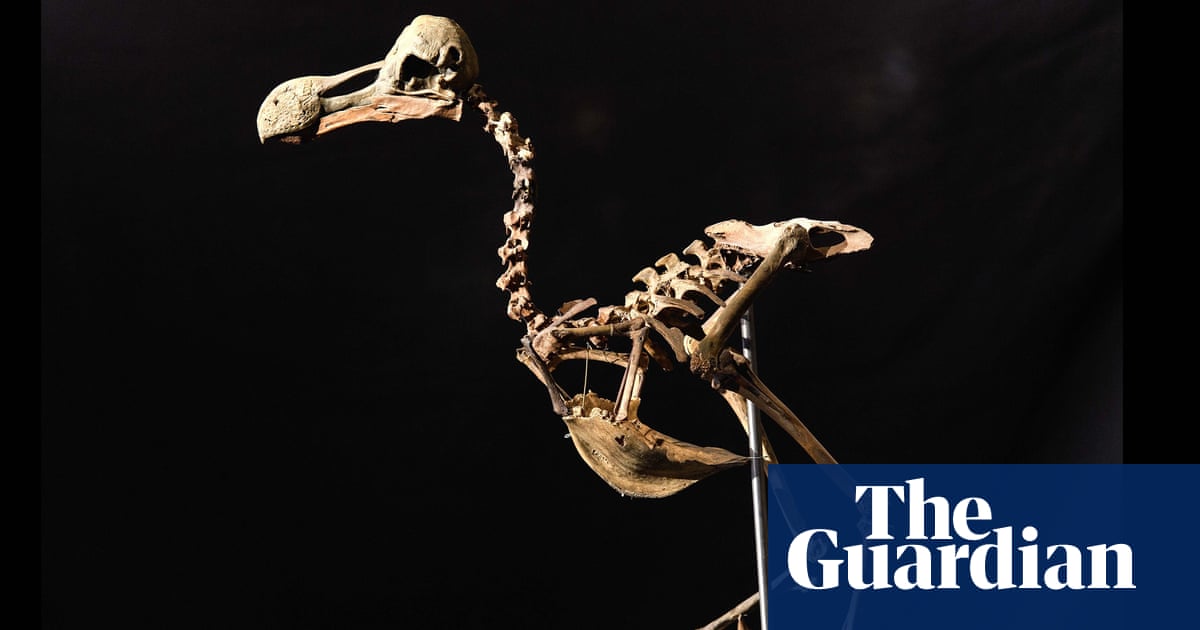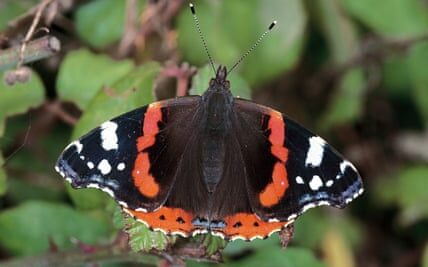According to a study, the number of bird species being driven to extinction by humans is twice as much as previously believed.

New research has discovered that approximately 12% of the world’s bird species have become extinct due to human actions, which is twice the previous estimate.
According to a recent publication in Nature Communications, approximately 1,430 species of birds have become extinct since the Late Pleistocene era, which began around 120,000 years ago.
There have been approximately 640 documented bird extinctions based on fossil and other evidence. However, this number does not include birds that went extinct without being recorded, known as “dark extinctions,” which have recently been factored into a new estimate.
According to Dr. Rob Cooke, a researcher at the UK Centre for Ecology and Hydrology and the main author of the paper, our understanding of bird extinctions is limited and we wanted to improve our estimate by identifying species that have gone extinct without our knowledge, such as the iconic dodo.
To determine the amount of unrecorded extinctions, Cooke and his colleagues estimated based on a statistical approach using data from 640 documented bird species that have gone extinct. The model utilized New Zealand as the standard for measuring bird species decline, assuming the country had no unrecorded extinctions.
New Zealand serves as the standard for bird records, as it has the most comprehensive collection of fossils and bird sightings. This makes it the starting point, with no unobserved species in New Zealand.
The team used data from New Zealand to calculate an approximation of the total number of species that could have inhabited an island. They then deducted the known extinct species and the remaining living bird species to determine the number of undiscovered extinctions.
The research centered on bird populations on islands due to the limited ability of non-migratory birds to relocate. According to Cooke, islands provide the ideal location to examine extinctions, as 90% of extinctions occur on islands because birds on these isolated land masses have no other options.
According to Cooke, the main reasons for the decline in bird species are deforestation, excessive hunting, wildfires, and the presence of non-native species.
According to Cooke, the team’s recorded number of 1,430 bird species that have gone extinct may be underestimated. He suggests that the actual number could potentially be as high as 2,000, but they chose to err on the side of caution.
The paper discovered that significant mass extinctions took place during the 14th century, with human activity being the main cause. This led to a high rate of species loss in the eastern Pacific, surpassing the natural rate by almost 100 times. The main factors contributing to these extinctions were human settlement, leading to deforestation and the introduction of invasive species.
The paper claims that a large number of bird extinctions are detrimental to our knowledge of avian species diversity, ecological variety, and evolutionary past.
Cooke stated that the world is not as full as we perceive it to be, and the absence of these birds is a setback to our creative minds.
Additionally absent are the crucial functions that these avian creatures would have fulfilled in the surrounding ecosystem. The presence of birds is essential for the balance of Earth’s ecosystems, as they disperse seeds, pollinate plants, remove carcasses, and contribute to the fertilization of coral reefs and land through their excrement.
According to the paper, there have been significant declines in the number of bird species, including the disappearance of large herbivorous birds like the elephant birds of Madagascar. Additionally, extinct flying predators like Haast’s eagle and seed-dispersing birds like the Seychelles parakeet have also contributed to changes in plant structure, diversity, and ecosystem dynamics.
According to Dr. Alexander Lees, a biodiversity expert at Manchester Metropolitan University who was not part of the study, it is not surprising that the research has demonstrated that we have inaccurately measured the severity of bird extinction. This is due to the fact that most birds have tiny bones that do not easily fossilize, certain islands are not suitable for fossil preservation, and there has been little effort to search for bird fossils in many areas.
He stated that the approximated rate of bird extinction aligns with the most recent estimates of mollusc extinctions, and serves as a helpful means of estimating the severity of the extinction crisis and comprehending the losses we have encountered.
According to Cooke, there will be more extinctions in the future if we continue with business as usual. Earlier studies by this group of researchers indicate that the world could potentially lose 669 to 738 bird species within the next few hundred years. These species are under mounting threats from the climate emergency, dwindling food supplies, and deforestation.
He stated that recent conservation efforts have successfully saved certain species, but we must continue to work harder in restoring their habitats with the help of local communities. He emphasized that the fate of bird species ultimately lies in our hands.
Source: theguardian.com

